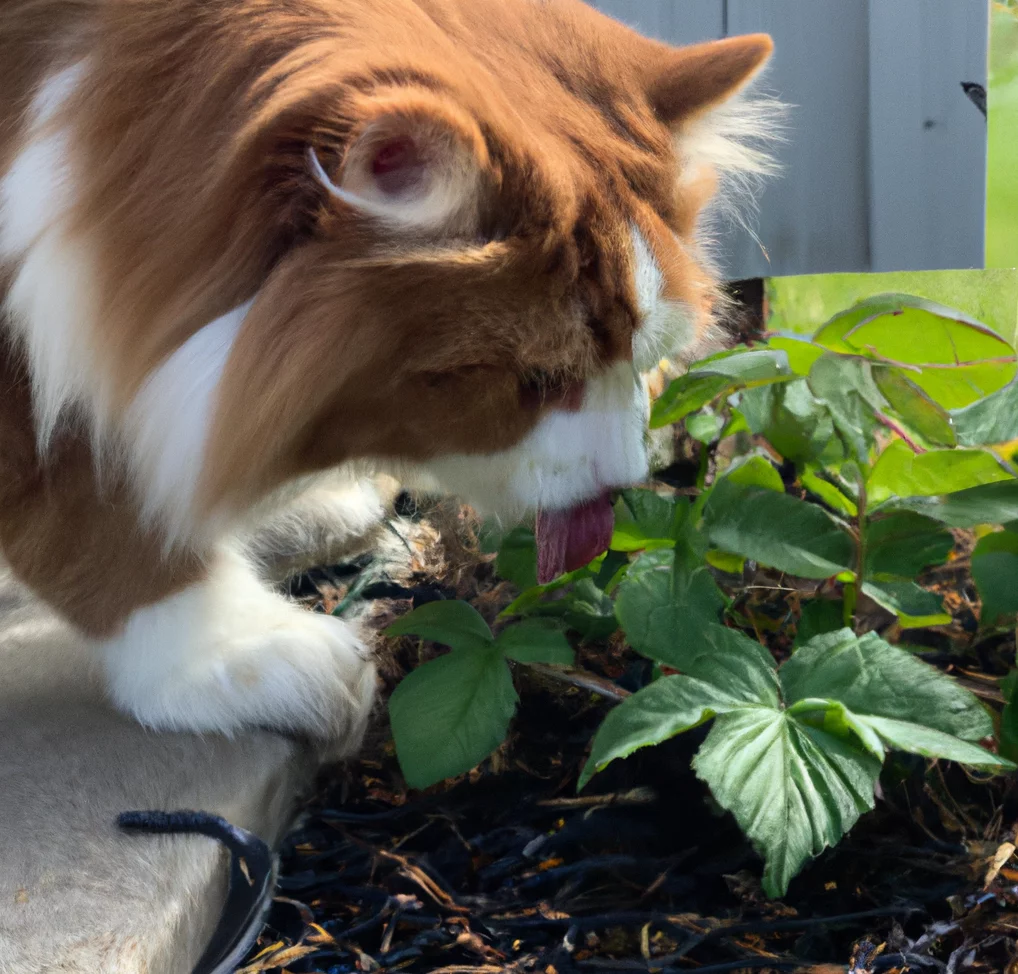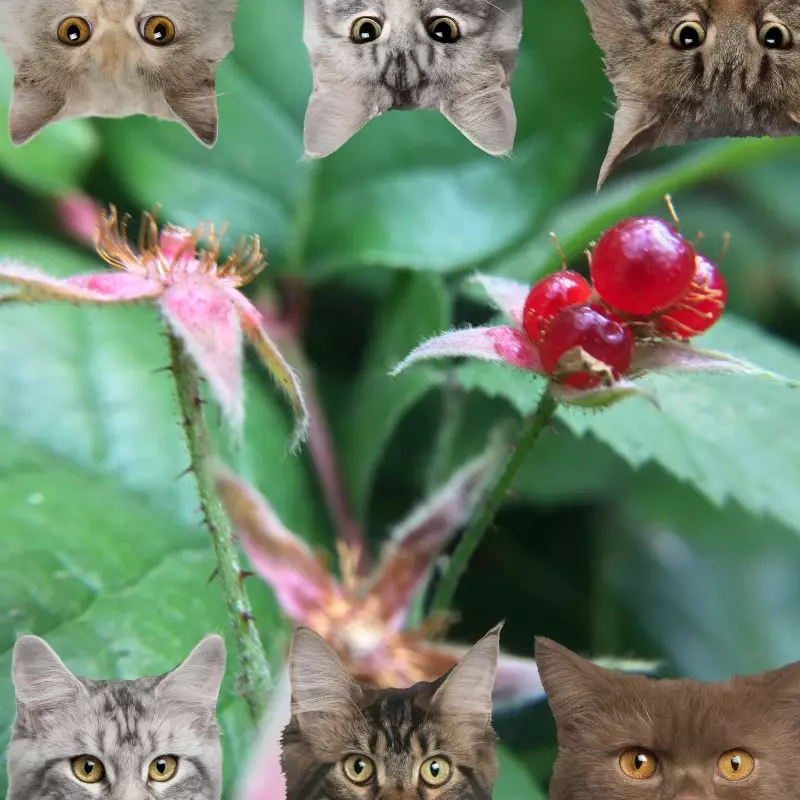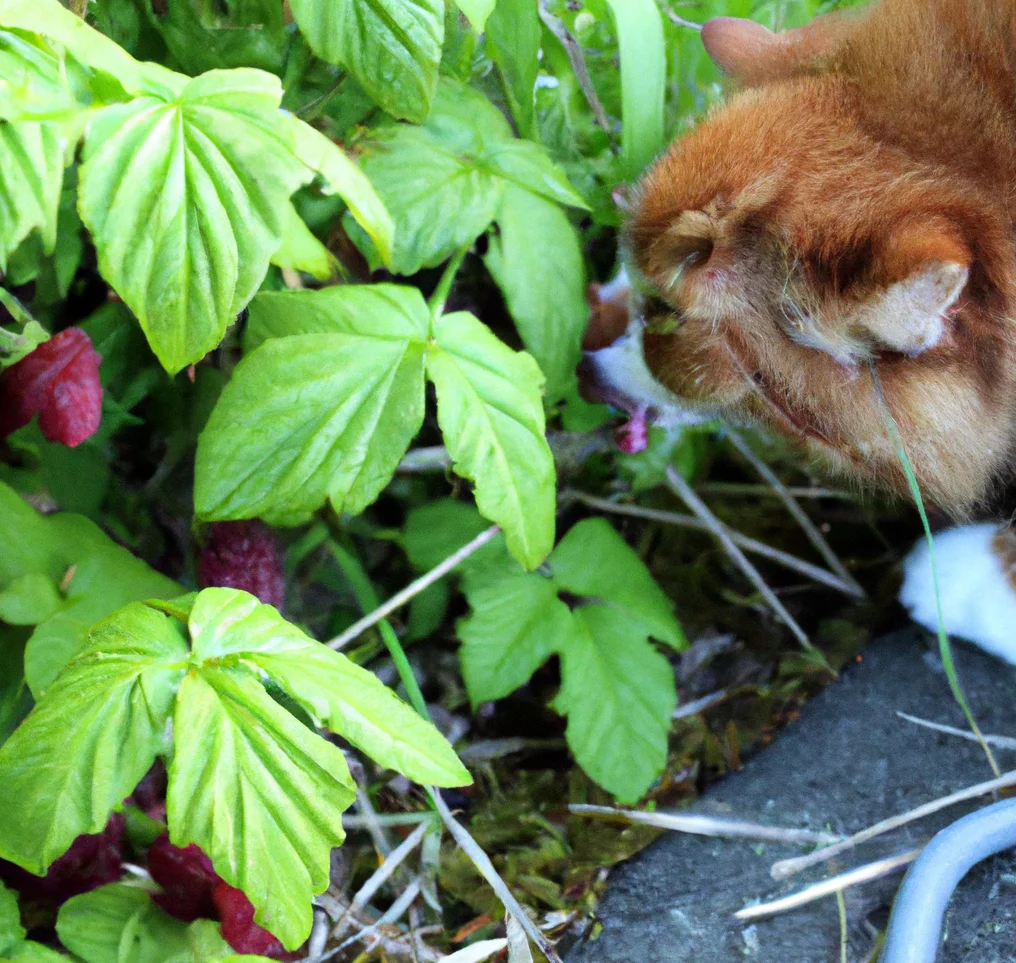Creeping rubus, commonly known as creeping raspberry, is not toxic to cats. It’s also acknowledged by authoritative sources such as the ASPCA (American Society for the Prevention of Cruelty to Animals) as a non-toxic plant for dogs and horses.
This article was written in collaboration with a team of experienced DVMs (doctors of veterinary medicine). Thanks to their insights and contributions, we are able to offer accurate and up-to-date information on the potential risks associated with various plants, with a focus on Creeping Rubus and its effects on cats. Our research is further reinforced by referencing high-authority websites such as ASPCA and PetMD.
While the plant’s presence poses no threat, the question remains: is it safe for cats to consume creeping rubus? Let’s delve deeper into this topic in the sections that follow.
Can Cats Eat Creeping Rubus or Creeping Raspberry?

You should be relieved that cats can eat creeping rubus, but you should also be aware that they aren’t particularly beneficial for them.
Cats are carnivores by nature. Carnivorous animals’ bodies are adapted to derive their nutritional needs from meats rather than fruits and vegetables.
While the occasional fruit or vegetable is not hazardous to your cat, they should not be included in their diet on a daily basis. Large amounts of creeping rubus may irritate your cat’s digestive tract, causing diarrhea or stomach problems.
What is Creeping Rubus or Creeping Raspberry?

Creeping rubus is also known commonly as creeping raspberry or strawberry leaf raspberry. It is a ground cover endemic to Taiwan that bears excellent, aggregate fruits ranging from yellow to pink to crimson.
Creeping rubus grows around one to three inches tall, with crinkly, deep-green leaves that add texture to the mild shade. White blooms appear in midsummer, however, they are usually hidden by the leaves and are not noticeable. This plant swiftly grows into a thick carpet. The foliage changes to delicate rusts and pinks in the fall and winter. The groundcover is invasive but not aggressive. It will not climb trees or suffocate surrounding plants, and it is readily managed with an edger. Plant creeping raspberry plants four to six feet apart to give them plenty of space.
Keeping Cats Away From Creeping Rubus or Creeping Raspberry

You should prevent your cat from coming near your houseplants. Training them to do so will also encourage them to do the same when they are outdoors.
Most cats nibble on plants because of boredom and hunger. Keeping your feline companions well-fed and mentally stimulated can also help in preventing them from gnawing on your plants.
You can also spray natural deterrents on your plants. Natural deterrents are available in different pet supply stores. Or you can also try doing your own solution by diluting vinegar in water. Cats do not like the smell and taste of vinegar so it is an ideal preventative measure.
Plants to Avoid For Your Cats
If you are a cat owner and unsure if the plants growing in your yard are harmful to your cats, check out this list of toxic plants for cats. You can also check our list of non-toxic plants for cats.





